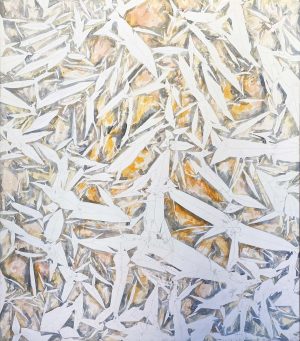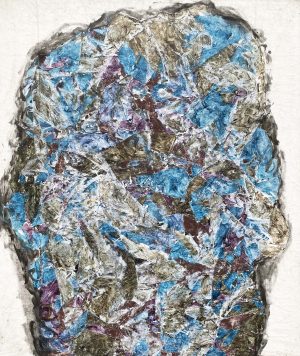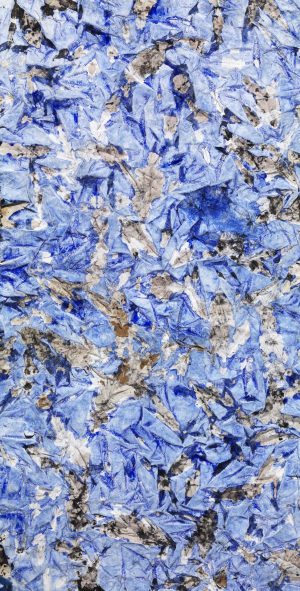
Simon HANTAÏ
Aquarelle
- Year(s)
- 1971
- Technique
- watercolour on paper
- Size
- 65,5x56,5 cm
Artist's introduction
Simon Hantaï studied painting at the Hungarian College of Fine Arts under the supervision of Vilmos Aba-Novák and Béla Kontuly. In 1948, he won a one-year scholarship to study in Paris, which was later withdrawn due to changes in the political climate. After finally immigrating to Paris, he got acquainted with André Breton and his circle. He covered his vivid canvases with fantastic creatures, organic forms, and biomorphic shapes and conducted experiments with the genre and technical apparatus of painting. Parallel to his surrealist paintings, his work became more and more gestural due to his continuous experimentation. When the work of the New York School was exhibited in Paris, he came under the influence of Abstract Expressionism, motivated above all by Pollock's paintings. From the 1960s, he developed a unique technique called pliage: by folding, creasing and painting the canvas, he created abstract patterns on vast, expansive surfaces. In 1982, Hantaï represented France at the Venice Biennale; he then decided to retire from the public for a period. However, his absence from the art scene did not mean a break with painting: Hantaï never stopped creating and continued to re-examine his oeuvre. In addition to the leading Hungarian art institutions, his work can be found in international, world-famous collections such as the Guggenheim Museum in New York, the Musée National d'Art Moderne in Paris, the Vatican Museum in Rome, the Musée d'Art Contemporain in Nice, Christie's in London and several significant private collections. Viktória Popovics
More artworks in the artist's collection »


